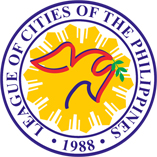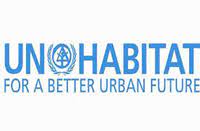Liveable cities
FROM GREY TO GREEN
The World Health Organization recommends a minimum provision for nine square meters of public park and open space (PPOS) for every city resident. Unfortunately, for a person living in Metro Manila, reports say they only have one square meter of PPOS.
According to Architect Paulo Alcazaren, this really seems a daunting task. Besides very few parks and open spaces, which have been built in the past 60 years, cities in the Philippines also need to allocate land area for three: (1) affordable public housing (with a backlog of 5-6 million housing units nationwide), (2) hospitals (very important now, more than ever), and (3) mobility infrastructure.
Paulo presented how public spaces can be clawed back from the already cramped spaces of the city through smaller scale initiatives.
This ‘grey to green’ transformation may be in the form of a few square meters of piazzas and esplanades, a couple of kilometers of sidewalks and riverbanks, repurposed rooftops of existing buildings, pocket parks and patios, and revitalized city plazas. Another approach is to consider not just space but also time. For example, could school grounds be opened for the enjoyment of local residents, when there are no classes.
As with many complex urban challenges, there really is no single solution, but rather a matrix of fixes must be employed, aimed at delivering a range of benefits, taken together will amount to a substantial improvement.
Other articles on Green Spaces and Open Buildings:
- PARTNERSHIPS FOR A LIVEABLE ILOILO CITY - Mayor Jerry Trenas
- GREEN BUILDINGS IN LIVEABLE CITIES - Cathy Saldana
- TOWARDS GREEN AND HEALTHY COMMUNITIES - Nathaniel “Dinky” von Einsiedel











